#cenozoic animals
Explore tagged Tumblr posts
Text
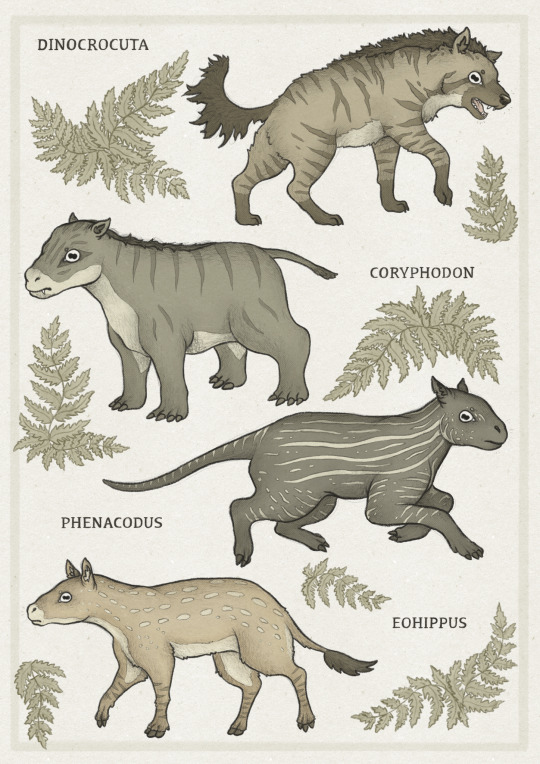
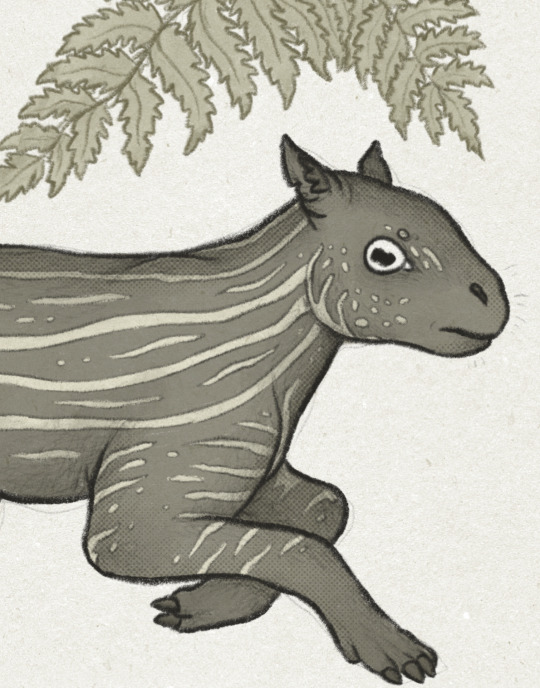
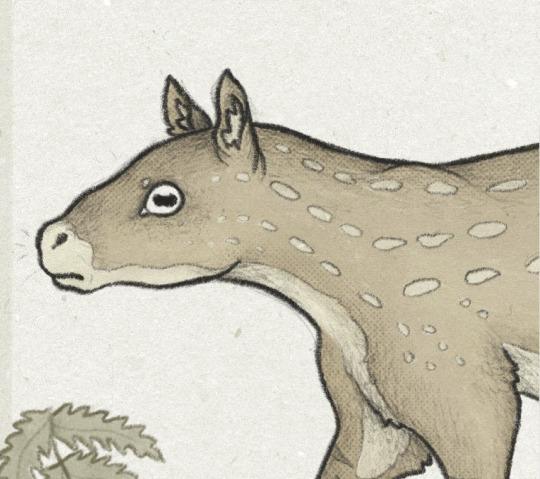


some cenozoic beasties + closeups :]
#cenozoic#cenozoology#cenozoic era#cenozoic fauna#paleoart#paleo#paleolithic#paleo art#paleo drawing#eohippus#phenacodus#coryphodon#dinocrocuta#phenacodontidae#prehistoric horse#prehistoric animals#cenozoic art#cenozic illustration#cenozoic animals#art#illustration#artists on tumblr#animal art#animal illustration#comics#doodle#illustrator#artist#digital art#animal artist
1K notes
·
View notes
Text

“In the course of twenty million years, mammals got more and more successful until they were the biggest, fiercest, and most spectacular animals on the planet. Whatever the climate, whatever the habitat, mammals made it their own. Their great strength was their ability to adapt. They grew to gigantic sizes, they evolved into powerful killers like the famous sabre-tooth cats, and they even laid claim to the oceans.”
- Kenneth Branagh, prologue to “Walking with Beasts”
Sketches of some of the incredible wildlife of the Cenozoic Era. None of the animals are exactly shown to scale. From left to right, bottom to top:
Arctocyon, Barylambda, Coryphodon, Titanoboa
Uintatherium, Notharctus, Mesonyx, Eobasileus
Leptictidium, Gastornis, Propaleotherium, Titanomyra, Godinotia, Pakicetus, Ambulocetus
Apidium, Arsinotitherium, Andrewsarchus, Embolotherium, Moeritherium, Dorudon, Basilosaurus, Perucetus
Megacerops, Cainotherium, Merycoidodon
Cynodictis, Paraceratherium, Hyaenodon gigas, Chalicotherium, Paraentelodon
Gentilicamelus, Amphicyon, Daeodon, Moropus, Dinocrocuta, Platybelodon, Gomphotherium, Pelagornis, Purussasaurus, Odobenoceratops, Otodus megalodon
Phoruschracos, Astrapotherium, Teleoceras, Synthetoceras, Samotherium, Livyatan
Australopithecus afarensis, Deinotherium, Ancylotherium, Dinofelis
Mammuthus columbi, Smilodon fatalis, Bison latifrons, Aenocyon dirus, Arctodus simus, Panthera atrox, Titanotylopus, Equus hersternus, Sivatherium, Gigantopithecus, Paleoloxodon
Smilodon populator, Macrauchenia, Doedicurus, Megatherium, Glyptodon, Toxodon
Mammuthus primigenius, Megaloceros giganteus, Coelodonta antiquitatis, Bos primigenius, Homo neanderthalensis, Elasmotherium, Bison bonasus
#paleoart#paleontology#cenozoic mammal#cenozoic animals#cenozoic mammals#cenozoic era#cenozoology#cenozoic#palaeontology#paleoartist#artists on tumblr#paleoartists on tumblr#paleoblr#paleogene#neogene#quaternary#paleocene#eocene#oligocene#miocene#pliocene#pleistocene#palaeoart#paleo#palaeoblr#paleoillustration
53 notes
·
View notes
Text
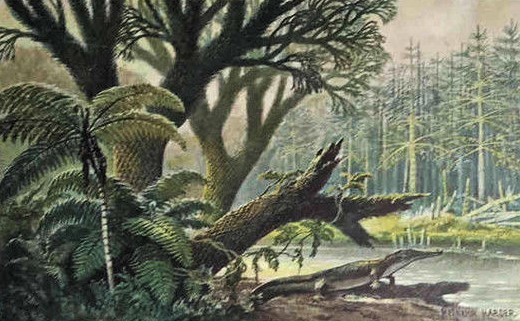
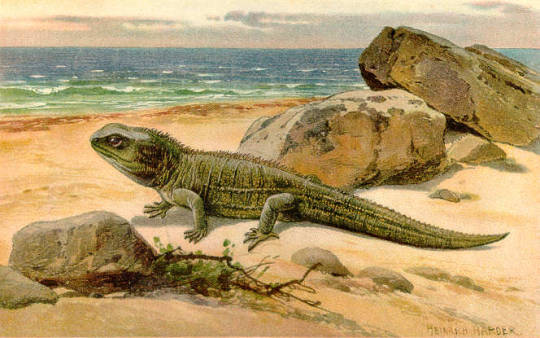

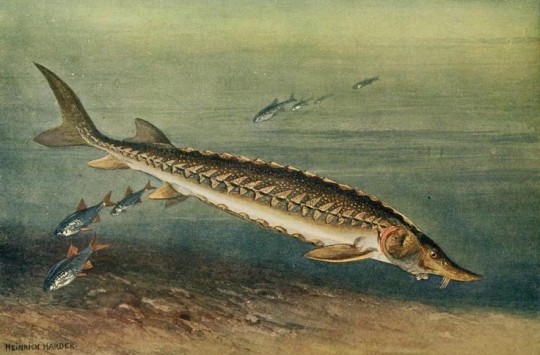

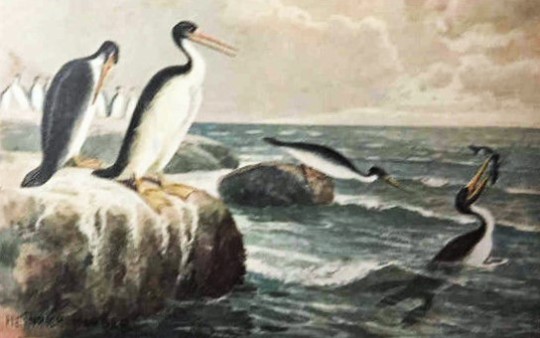
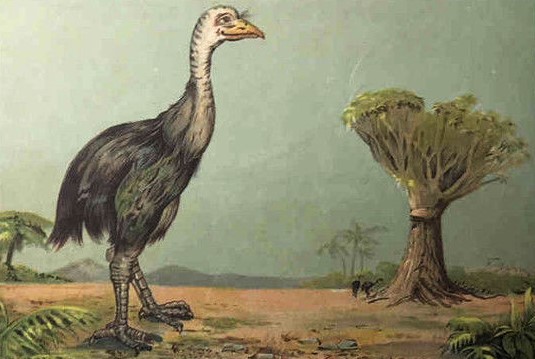
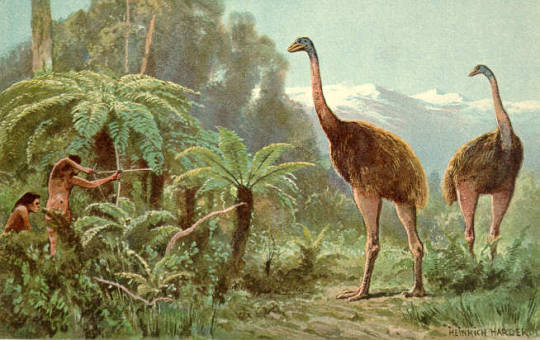
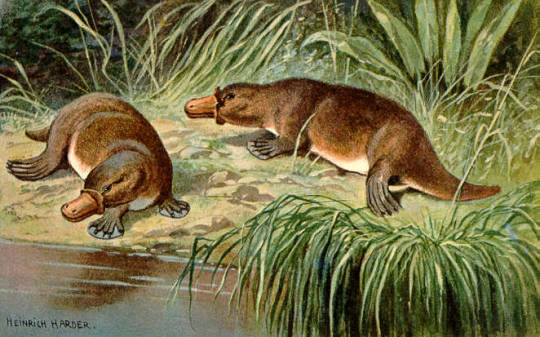
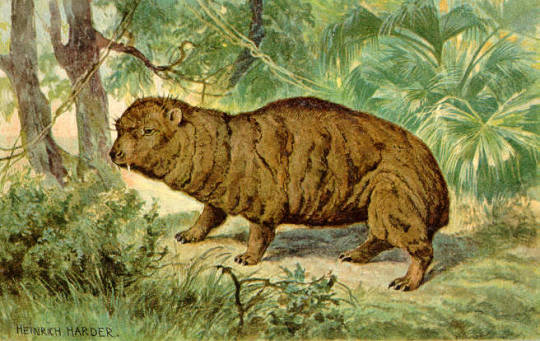

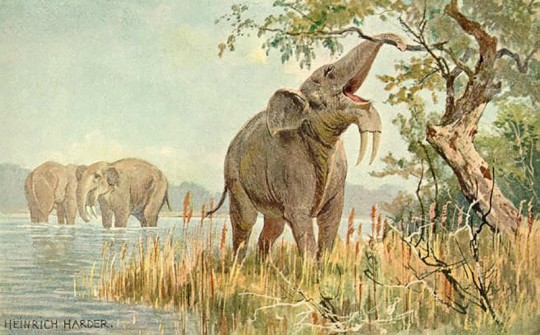
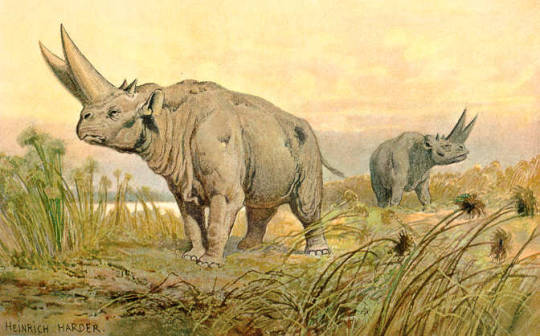
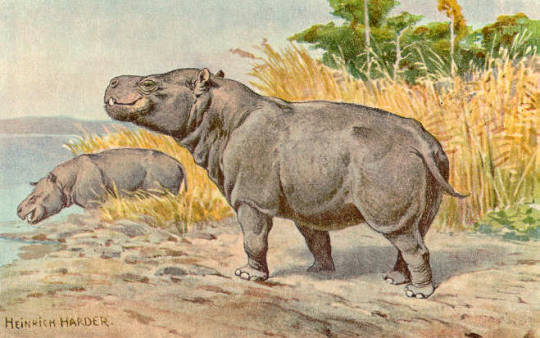
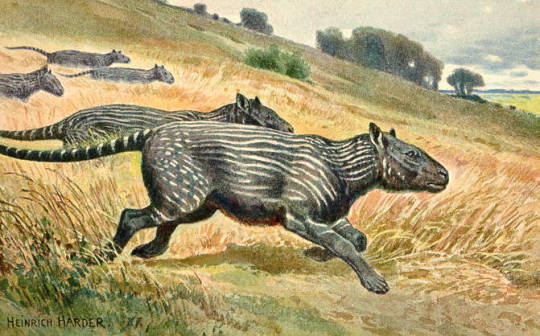
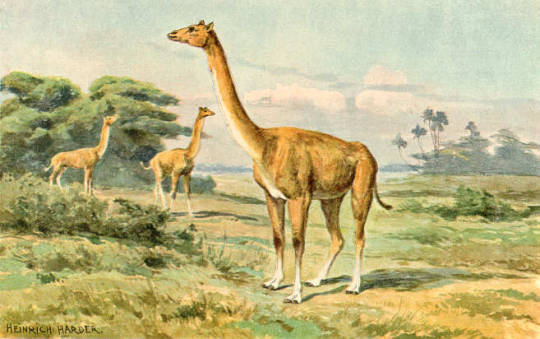
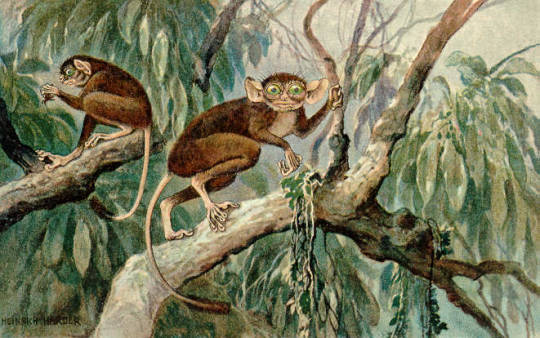
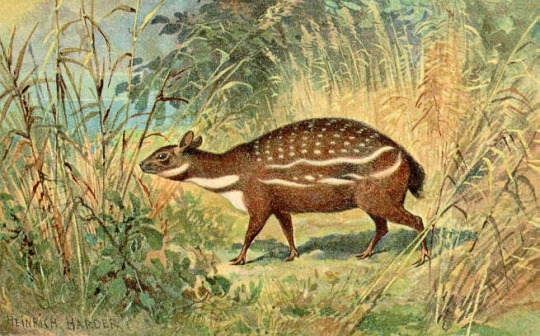


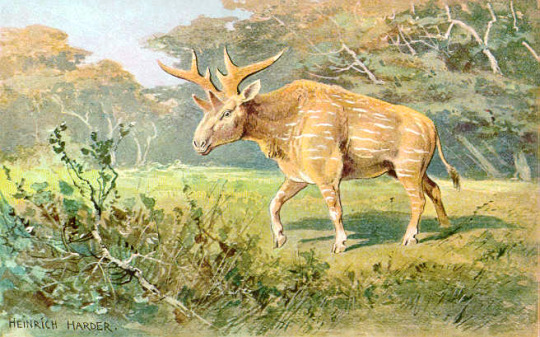

Animals of the Primeval World - art by Heinrich Harder (c. 1910)
#heinrich harder#animals of the primeval world#vintage palaeoart#vintage prehistoric art#natural history#palaeo artist#cenozoic#tertiary period#neogene period#1910s#1910
793 notes
·
View notes
Text













Antrostomus vociferous, better known as the eastern whip-poor-will or whip o whill, is a species of bird within the nightjar family, Caprimulgidae, which is endemic to the deciduous forests and mixed woodlands of North and Central America from Canada in the north to Costa Rica in the south and from the east coast to the great plains. Often migrating to the north of there range to breed and to the south of there range to overwinter. It is named onomatopoeically after its song as whilst the whip-poor-will is commonly heard within its range, it is rarely seen because of its elaborate camouflage. Eastern whip-poor-whills are a nocturnal species which spends there days resting amongst leaf litter, tree roots, branches, hollows, and fallen logs, emerging at night to feed upon various flying insects such as beetles, flies, mosquitos, and in particular moths. Eastern whip-poor-wills are generally solitary preferring to spend time on their own; however, during migration, they may form loose flocks. Reaching around 8.5 to 10.5 inches (22 to 27cms) in length, 1.5 to 3 ounces (42 to 85grams) in weight with a 17.5 to 19.5 inch (45 to 50cms) wingspan, eastern whip poor whills sport a large head and broad body. They have mottled camoflauged plumage: the upperparts are grey, black and brown; the lower parts are grey and black. They have a very short bill and a black throat. Males have a white patch below the throat and white tips on the outer tail feathers; in the female, these parts are light brown. Breeding often begins in March, with pairs meeting up and building a loose nest on the ground, in shaded locations among dead leaves. Here a female will usually lay 2 eggs at a time. Incubation lasts 19-21 days performed by both parents. Eastern Whip-poor-wills lay their eggs in phase with the lunar cycle, so that they hatch on average 10 days before a full moon. As when the moon is near full, the adults can better forage at night and capture large quantities of insects to feed to their young.The chicks hatch well developed covered in down but with their eyes closed. They are fed and protected by both parents and start to fly at the age of 20 days. Eastern whip-poor-wills usually produce 1 or 2 broods per year and females may lay a second clutch while the male is still caring for chicks from the first brood. Under ideal conditions an eastern whip poor will can live up to 15 years.
#pleistocene pride#pliestocene pride#pleistocene#pliestocene#cenozoic#bird#eastern whip-poor-will#eastern whip poor will#whip-poor-will#nightjar#whip-o-will#whip-o-whill#whip-or-whill#whip-or-will#north america#animal facts#central america#canada#usa#mexico#costa rica#colombia#guatemala#nocturnal
200 notes
·
View notes
Text

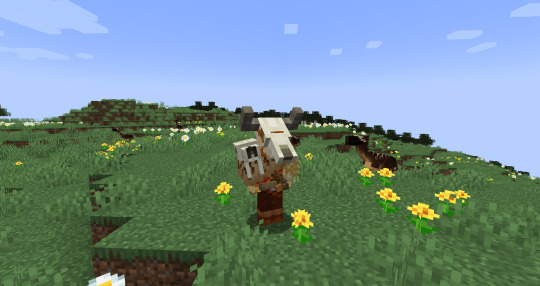
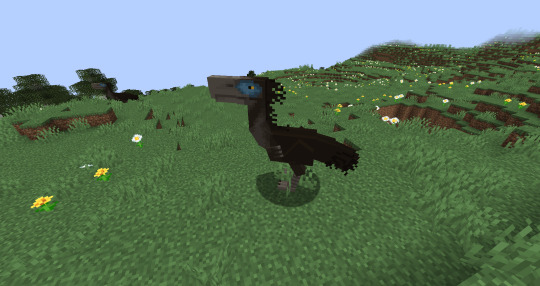
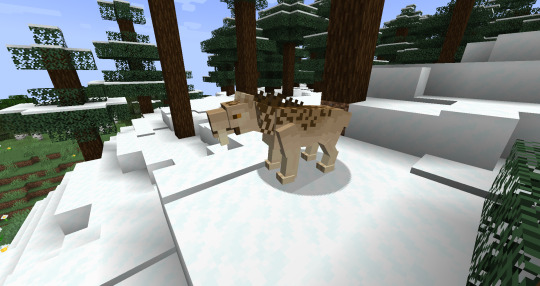
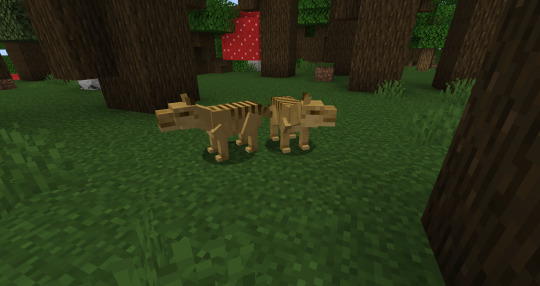
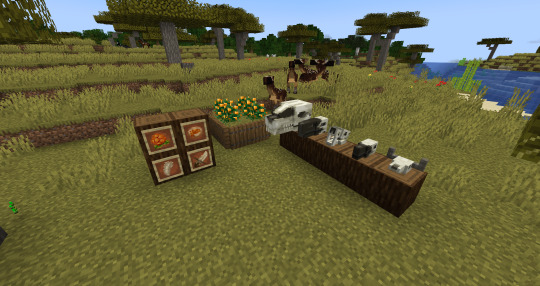
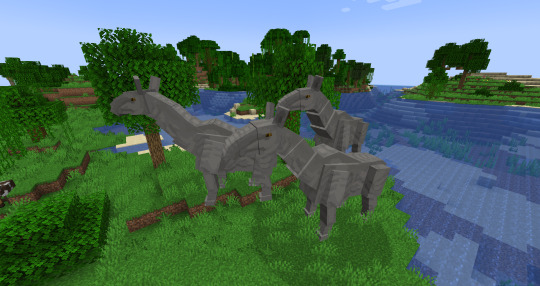
little snapshots of a mod i have been working on for a few days, cenozoicraft, understandably based around adding cenozoic animals to the minecraft world along with neolithic tools. its heavily based around hunting and utilizing animal parts. most of what is here is tamable and rideable with fun little taming mechanics, so dont expect to be able to waltz up to a smilodon. more to come soon
#there are a few effects i havent shown here besides from the ''hunters vision'' in the first one. still a prototype but the general idea#anyways i am pretty proud of what i have accomplished so far. everything here has and will have unique mechanics and ai. i am excited#on the bucketlist: mammoths! finishing up the mammoth steppe and arctic biomes. enchantments that assist in hunting#predator ai needs some work. neanderthals are on the list as well. several sets of armor and curios are planned#and of course many#many animals#and many decorative blocks#minecraft#blockbench#mcreator#modded minecraft#cenozoic#paleo#paleoart#paleontology#neolithic#cenozoicraft#rorys art
278 notes
·
View notes
Text

herd of Pliohippus playing in the snow.
speedraw
#paleoblr#paleoart#Pliohippus#cenozoic#horse#mammal#some other animals in the background but imma not bother taggin#also i definatley drew that bird beak wrong but as long as i don't say what species it is you wont know that#dragon draws creatures
157 notes
·
View notes
Text

The gargantuan shark Otodus megalodon, peacefully swims through the Miocene ocean.
#megalodon#paleoart#paleontology#evolution#dinosaur#dinosaurs#animal art#animals#zoology#shark#sharks#miocene#neogene#cenozoic
32 notes
·
View notes
Text

New tote bag design: Woolly Rhino!
Super happy with how plush and Friend-Shaped he turned out. Definitely need to draw some more Cenozoic creatures…
14 notes
·
View notes
Text





Basilosaurus being my #1 top favorite prehistoric animal, as i love this serpentine mosasaur-like whale. When I was young I found it so unique as it is an animal that I once thought was a reptile due to its name and appearance, until I began to read about it and saw it was the ancestors to all living whales.
#prehistoric animals#prehistoric#cenozoic#whales#basilosaurus#tumblr milestone#whale fossil#mosasaurs#antediluvian#paleontology#paleobiology#paleomedia#paleoart#paleoblr#ancient life
11 notes
·
View notes
Text
These days people rarely info dump me about their favorite prehistoric creatures and even more rarely ask me about what are mine.
WELL, GUESS WHAT!
You can info dump or gush about your favorite prehistoric creature here. ( Be it from the Devonian, Permian, Triassic, Jurassic, Cretaceous, Paleogene periods or others )
I really wanna see people get overjoyed, because somebody asked them about their favorite dinosaur, pterosaur ( which are cousins of the dinosaurs, but not true dinosaurs- ), ancient marine reptile ( which are style cousins of the dinosaurs, but not true dinosaurs- ) etc.
Release free your inner child and babble about your favorite prehistoric animals!
#dinosaurs#pterosaur#ancient marine reptiles#prehistoric#info dump#cenozoic#mesozoic#paleozoic#paleontology#prehistoric animals#WE NEED MORE PALEO TAGS!#I want to hug a Nanuqsaurus.#Sorry. I really love prehistoric history.
90 notes
·
View notes
Text
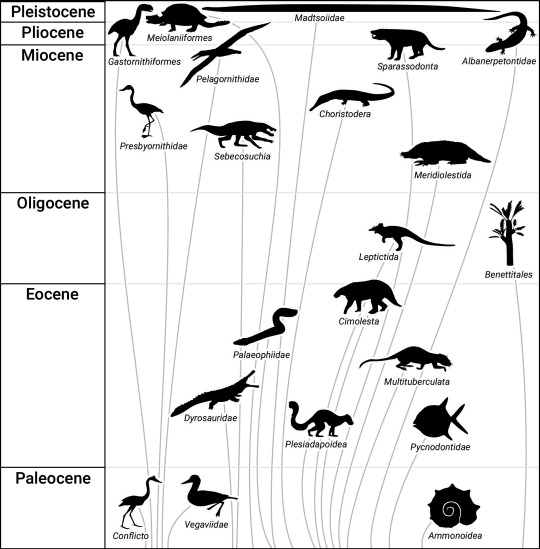
Chart with PhyloPic silhouettes from an essay in the upcoming comic book, Paleocene #4. These are lineages that survived the Cretaceous–Paleogene extinction event but died out before the Holocene Epoch (which is almost too brief to be visible here—it is a thin sliver atop the Pleistocene). Figures are not to scale, and do not line up perfectly to lineage extinction dates, just to epochs. This chart is available under the CC BY-SA 3.0 license.
For more information about the silhouettes in the chart, see: https://www.phylopic.org/.../7dc1ae186d11d8c2ad9f502fc47d...
For more about the comic book, see https://www.kickstarter.com/projects/keesey/paleocene-4-comic-book
#extinction#paleontology#dinosaur#paleoart#palaeontology#prehistoric#biology#zoology#botany#extinct animals#extinct species#extinct birds#cenozoic#sciart#palaeoblr#deep time#geologic time
73 notes
·
View notes
Text

Paleovember 2023, Barylambda!
This strange animal, roughly the size of a pony, was the largest known member of the pantodonts, one of the first groups of large mammals to evolve in the Paleocene, right after the extinction of the dinosaurs. Barylambda itself was the largest animal in its environment; it's powerful tail would have allowed it to rear up on two legs to reach it's preferred food of soft vegetation and other foliage. Males also possessed a pair of canines for intraspecific combat.
#pantodont#paleocene#cenozoic#mammal#paleontology#paleoart#evolution#prehistoric#art challenge#illustration#art#artwork#procreate#animal#artist on tumblr#Barylambda
31 notes
·
View notes
Text

Another update to the upcoming picture “Triumph of the Beasts”
#work in progress art#work in progress#work in process#art wip#wip#walking with beasts#cenozoic mammals#cenozoic era#cenozoic#cenozoology#cenozoic animals#cenozoic mammal
11 notes
·
View notes
Text

Small colored drawing of Oxyaena creeping through a tree
#paleoblr#artists on tumblr#paleomedia#paleoart#prehistoric#traditional art#colored pencil#traditional drawing#cenozoic#extinct animals#paleontology#eocene#oxyaena
30 notes
·
View notes
Text

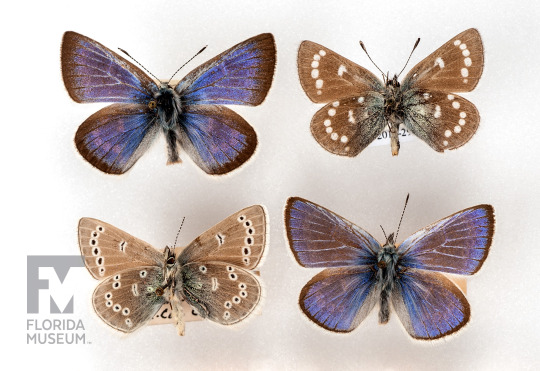

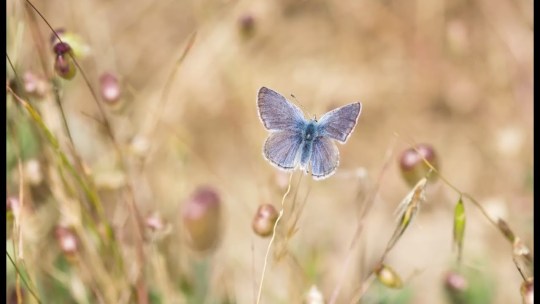
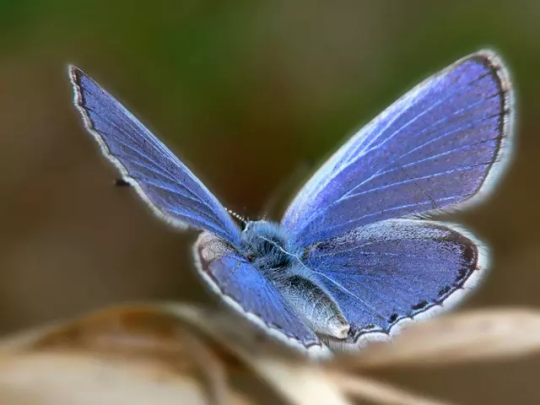


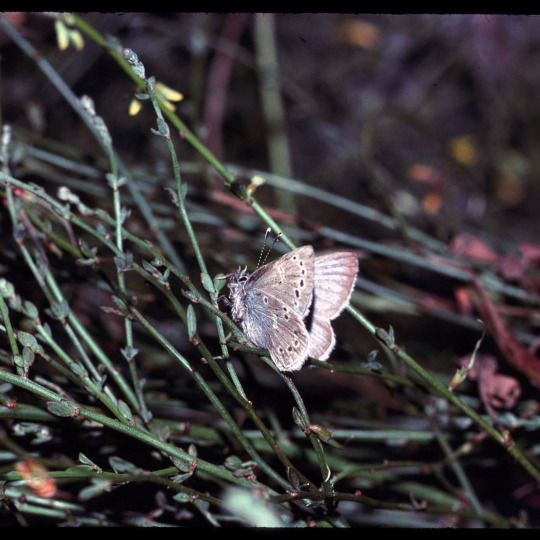
Glaucopsyche xerces, better known as the Xerces blue butterfly or simply xerces blue is a recently extinct species of butterfly in the gossamer-winged butterfly family, Lycaenidae. The species was first described and documented in 1852, and was named after the French spelling of "Xerxes", the Greek name of the Persian kings Xerxes I and Xerxes II of the fifth century BC. Reaching around .7 to 1.18inches (18 to 30mm) in wingspan length, the xerces blue is a small, brightly colored butterfly characterized by iridescent blue on the upper wing surfaces of males, and pale spots below. It was endemic to the coastal sand dunes of the upper San Francisco Peninsula where the Xerces fed on vegetation belonging to the genus Lotus and Lupinus. The loss of the Lotus plant that the butterfly fed on while in its larval stages is believed to be the main reason for the extinction of the Xerces blue. As growing urban development resulted in extensive disturbance and loss of habitat of which the lotus plant couldn’t survive. Lupinus, the Xerces blue's other main adult food source, was not suitable for the larval stages. By the early 1940s the Xerces Blue was driven to extinction, becoming one of the first and most well-known butterflies in the United States lost due to human impact, with the last confirmed sighting of a xerces blue occurring in 1943 on land that is now part of the Golden Gate National Recreation Area. The butterfly’s extinction inspired the foundation of the Xerces Society for Invertebrate Conservation in 1971, as well as ushering the need for insect and invertebrate conservation into the public mindset. Today there are ongoing efforts to reestablish related butterflies in the Xerces blue's former habitat such as the silvery blue and the Palos Verdes blue. Also the possibility of reviving the xerces blue via de-extinction is being explored.
#pleistocene pride#pliestocene pride#cenozoic#holocene#extinct#animal#animals#insect#butterfly#animal facts#xerces#xerces blue#bug#bugs
28 notes
·
View notes
Text

Something I animated for college I'm proud of and wanna flex
#animation#paleoart#smilodon#or call it a saber tooth tiger if you wanna midly annoy some paleo nerds#cenozoic#mammal#dragon draws creatures#cat
30 notes
·
View notes